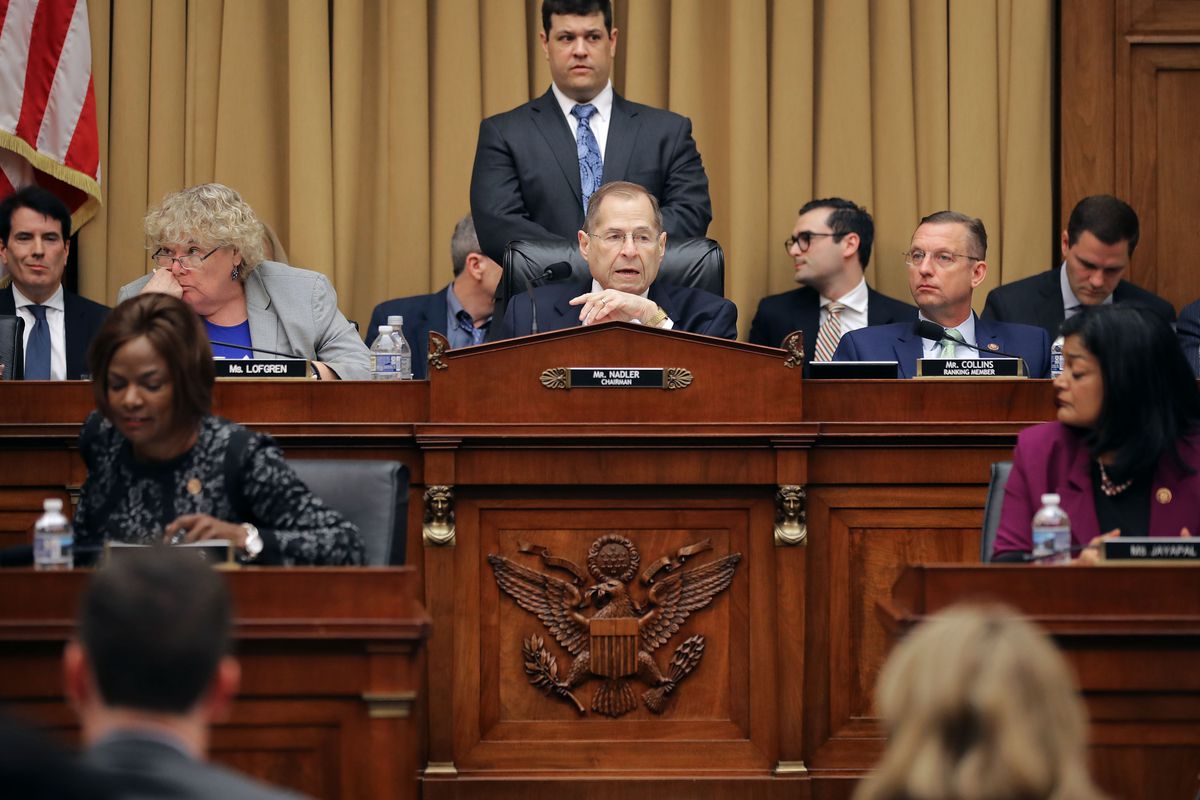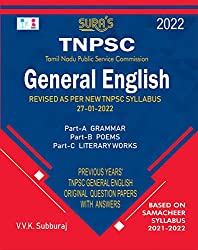Supreme Court of India

The Indian Constitution provides a three-tier Judicial system:
- The Supreme Court (Supreme Court)
- The High courts (State Level)
- The District and Sessions court in the Judicial Districts.
The Indian constitution provides independence of the judiciary from the executive and the legislature. The Supreme court of India acts as the guardian of the constitution and solves even the disputes between the center and state, and also between the states.

The supreme court is the highest appellate court in all civil and criminal cases. It is also the responsibility of safeguarding and enforcing the fundamental rights and freedom of its citizen.
The USA has two sets of judiciary (one as federal and another for states). But India has only a unitary judiciary system, with the Supreme court as a top court or apex court.
And also supreme court has authority over all the courts.
The Sources of Law
The constitution is the source of law in India. The statutes enacted by the legislatures of Central, State, or Union Territories also become the law as long as it follows the basic of the constitution.
“Besides the subordinate legislations in the form of rules, regulations as well as by-laws of any administrative body, unless and until negated by the judiciary constitute the third source of law”.
Jurisdiction and Powers on the Supreme Court
The supreme court has the original, appellate, and advisory jurisdiction. The original jurisdiction of the supreme court extends to all cases which can originate in the supreme court. It includes the disputes between the state and the centre, and also state-state disputes.
The supreme court has both original and appellate jurisdiction, in disputes involving fundamental rights. The supreme court can issue writs of Habeas Corpus, Mandamus, Prohibition, Certiorari, and Quo Warranto.
“The Supreme Court is the Highest or Apex Appellate Court in India, Where the appeals against the Judgements of High Courts can be made in both the civil and criminal cases”.
There are certain advisory powers are vested with the Supreme court. For a legislative measure, the President can seek advice from the Supreme Court. But the advice of the Supreme Court is not binding on the President by Article 143.
Advisory Jurisdiction – By Article 143, Authorises the president to get the opinion of the Supreme Court in Two Categories:
On many matter or question of law of public importance which has arisen or like to arise. Any dispute arising out of the Preconstitution Agreement or treaty, etc
Organization of the Supreme Court
The Supreme Court is established by the Constitution of India, Part V, Chapter IV. Articles 124 to 147 of the Constitution laydowns acts and powers of the Supreme court of India.
Originally the constitution provides for the Chief Justice and seven lower-ranking Judges. By 2008 the number of judges is increased from 8 to 30.
Appointment, Resignation and Impeachment of Supreme Court Judge
With the appointment of the supreme court judges, the Chief Justice of India should consult a “Collegium” of four senior-most judges of the Supreme Court. Then the Collegium makes the decision in consensus.
Every Judge of the Supreme court is appointed by the president after consulting the cabinet and supreme court judges. The supreme court Judges hold the office till they attain the age of 65 years.
If the judges of the Supreme court want to resign, they can give a handwritten signed resignation letter to the president of India. The Parliament can remove a Judge through an impeachment.
“A Judge of the Supreme Court tries an order of the president, after an address by each House of the Parliament supported by a majority of the total membership of that house and by a majority of not less than two-thirds of the members of the house present and voting in the same session”.
How to become Supreme Court Judge
One must be a citizen of India and the qualification is per the Parliaments’ decision. The person should be a Judge of the High Court at least for a period of 5 years.
Or the person should be an advocate of a high court or of two or more such Courts in succession for at least 10 years. Or the person should be a distinguished Jurist, as the opinion of the President.
Other Facts about the Supreme Court of India
Appointments are generally made on the basis of Seniority. Justice K.G. Balakrishnan in 200 became the first Judge from the depressed class. IN 2007, he became the first Dalit Chief Justice of the Supreme Court of India.
The Supreme court under the present constitution of India started functioning on January 28, 1950. The Supreme court was then placed in the Chamber of Princes in the Parliament.
It moved to the present building in 1958. Harilal J.Kania was the first Chief Justice of the Supreme Court.
The other Judges who assumed office along with Harilal J.Kania are Justice Sayid Faze Ali, M.Pantanjali Sastri, Mehar Chand Mahajan, Bijan Kumar, Mukherjea, and S.R. Das
High Courts
The High Court is the top court of the state. At present, four high courts have jurisdiction over more than one state. Delhi alone has a high court of its own for a Union Territory.
On the other hand, Six union territories come under the Jurisdiction of the nearby state High courts. Example Puducherry is under Madras Court.
Each High Court comprises of a chief justice and other such judges as the President may appoint from time to time. The Chief Justice of the High Court is appointed by the President in consultation with the Chief Justice of India and the Governor of the state.
In appointing other judges, the Chief Justice of that High court is also consulted. The retirement age of a high court judge is 62 years and is removable in the same manner as a Judge of the supreme court.
High Court Judge Qualification
- Must be a citizen of India.
- Must have held a judicial office in India for 10 years.
- Or must have practised as an advocate of the high court.
Other Things concerning High Courts
To be considered for appointed, the high courts also have original and appellate jurisdictions, in the cases that arise within the state. Each High court has powers of Super Intendant over all courts within its jurisdiction.
Even though the High courts are part of a single and integrated judicial system, yet they are completely independent judicial institutions. The supreme court has no direct administrative control over the high court.
But the Judges may be transferred from one High Court to another by the President with the consultation with the Chief Justice of India.
The high also has the power to issue a Writ in cases involving the ‘Fundamental Right‘.
Legal Remedies for Safeguarding Fundamental Rights
Both the Supreme court and High court have the power to issue writs. Besides these writs, the High courts under Article 226, may issue other directions and orders in the interest of the Justice of the people.
Judicial Review, Public Interest Litigation And Judicial Activism
Judicial Review
To safeguard the liberty and rights of the individual, judicial review is enshrined in the constitution. The supreme and high court is entrusted with the power of judicial review.
This extends to adjudicating upon the constitutionality of legislation as well as the legality of executive actions. The most daring exercise of judicial review was the invalidation by the supreme court of Bank Nationalization legislation.
The legislation which infringed the rights of the minorities to establish and administer their educational institutions has been struck down. The Judicial review has been extended to the reviewability of constitutional amendments by evolving the doctrine of the basic structure of the constitution.
In the administration of law, judicial review in India is very active. Article 13(2) believed that countrywide shall not create any regulation, those abbreviated or takes away the rights as deliberated in part-3 of the constitution.
If any rule was created against this clause of the constitution, it will be declared null or void. But in 2007, the Supreme court ruled laws included in this schedule after April 24, 1973, or now open to Judicial review cannot be conducted in respect of the laws incorporated in the 9th schedule.
Judicial review applies only to the questions of law. It cannot be exercised with respect to political issues. The supreme court does not use the power of judicial review of its own.
It can only use it when any law or rule is challenged before it.
Public Interest Litigation (PIL)
Constitutional Law, Administrative Law and Indian Penal Code